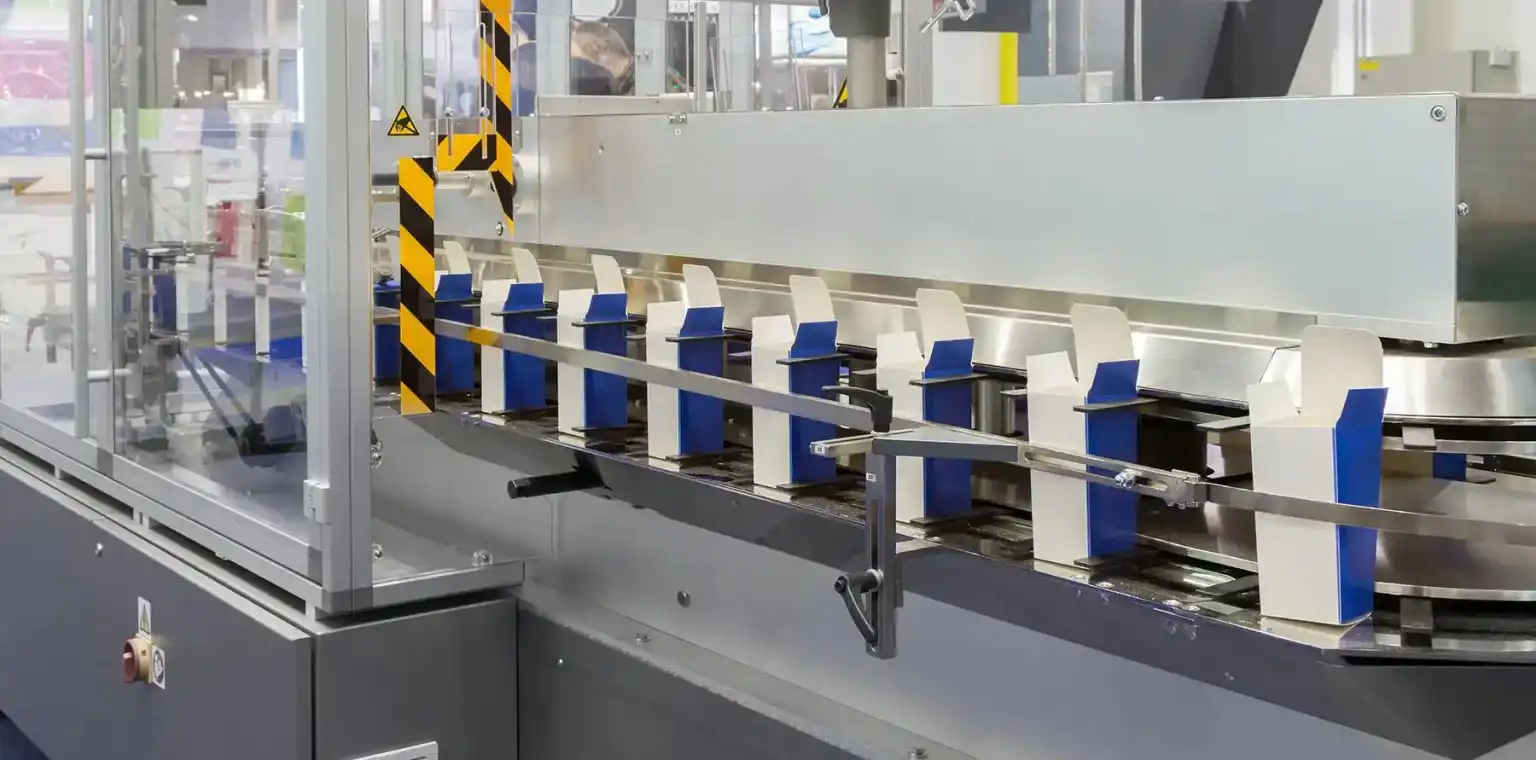
Understanding Types Of Adhesive For Packaging Industry Use
Understanding Types Of Adhesive For Packaging Industry Use

Understanding Types Of Adhesive For Packaging Industry Use
Understanding Types Of Adhesive For Packaging Industry Use
Types of Adhesives Used in Packaging & Their Benefits
Hot Melt Adhesives
Benefits:
Water-Based Adhesives
Benefits:
Solvent-Based Adhesives
Benefits:
Pressure-Sensitive Adhesives (PSA)
Benefits:
Reactive Adhesives (Epoxy, Polyurethane, UV-Cured)
Benefits:
Comparison Between
Hot Melt Adhesives vs. Water-Based Adhesives for the Packaging Industry
Feature | Hot Melt Adhesives | Water-Based Adhesives |
Composition | Solid thermoplastic adhesives that melt when heated and solidify upon cooling. | Adhesives that use water as a carrier and bond as the water evaporates. |
Application Method | Applied in molten form using a hot glue gun or automatic applicator. | Applied as a liquid and dries through water evaporation. |
Bonding Speed | Fast setting, ideal for high-speed packaging lines. | Slower drying time compared to hot melt adhesives. |
Adhesive Strength | Strong bond with excellent resistance to heat and moisture. | Good adhesion, but may be weaker in humid conditions. |
Material Compatibility | Works well on cardboard, plastic, and coated surfaces. | Best suited for porous materials like paper and corrugated boards. |
Durability | Highly durable, resistant to temperature changes. | May degrade with prolonged exposure to moisture. |
Eco-Friendliness | Contains synthetic polymers; some variants may have environmental concerns. | More eco-friendly, with low VOC emissions and water as a solvent. |
Cost-Effectiveness | Generally higher cost due to specialized equipment and material. | More affordable and widely available. |
Pros | Cons |
Fast drying time | Requires heat application equipment |
Strong bond | Higher cost |
Works on a variety of surfaces | May become brittle over time |
Resistant to moisture and temperature changes | Longer drying time |
Eco-friendly with low VOCs | Weaker bond in humid conditions |
Cost-effective | Not suitable for all materials |
Easy to apply and clean | |
Suitable for paper-based packaging |
Comparison Between Hot Melt Adhesives vs. Solvent-Based Adhesives for the Packaging Industry
Feature | Hot Melt Adhesives | Solvent-Based Adhesives |
Composition | Solid thermoplastic adhesives that melt when heated and solidify upon cooling. | Adhesives containing solvents that evaporate after application, leaving a strong bond. |
Application Method | Applied in molten form using hot glue guns or automated applicators. | Applied as a liquid and bonds as the solvent evaporates. |
Bonding Speed | Fast setting, ideal for high-speed packaging lines. | Slower curing time compared to hot melt adhesives. |
Adhesive Strength | Strong bond with good flexibility and resistance. | High-strength and long-lasting bond, even under extreme conditions. |
Material Compatibility | Works well on cardboard, plastic, and coated surfaces. | Suitable for non-porous surfaces like films, foils, and laminates. |
Durability | Good durability, but may weaken under high temperatures. | Highly durable, resistant to chemicals, heat, and moisture. |
Eco-Friendliness | Contains synthetic polymers; some variants may have environmental concerns. | Contains volatile organic compounds (VOCs), making it less eco-friendly. |
Cost-Effectiveness | Moderate to high cost due to specialized equipment and materials. | Higher cost due to the need for solvent handling and safety measures. |
Pros | Cons |
Fast setting time | Requires heat application equipment |
Works on a variety of surfaces | May become brittle over time |
No need for drying time | Limited performance in high-temperature environments |
Good resistance to moisture and temperature changes | Longer curing time |
Strong, durable bond | Contains VOCs, requiring proper ventilation |
Works well on non-porous materials | Higher cost due to solvent handling and safety regulations |
Resistant to extreme environmental conditions |
Conclusion
FAQs
What factors should be considered when selecting an adhesive for packaging?
How do hot melt adhesives compare to water-based adhesives in packaging applications?
What are the advantages of using solvent-based adhesives in packaging?
Why are pressure-sensitive adhesives popular in packaging?
How are eco-friendly adhesives shaping the future of packaging?
Mahisa Packaging Systems LLP
Office Address :
Service & Spares :
Sales Inquiry :
Sales phone: +91 98210 49426
+91 84510 70625
+91 72089 76891
Sales email: sales@mahisa.com
Social Links :
Need Help? Chat with us